
Supplier Management System in Java with Free Code
Introduction
Supplier Management System in Java
In the complex world of business, where relationships are built on trust and efficiency, managing your suppliers effectively is crucial to success. Whether you’re a small business owner trying to keep track of a few key vendors or a large corporation handling hundreds of suppliers, having a system in place to manage these relationships can make all the difference. A Supplier Management System in Java offers a powerful, scalable solution that helps you streamline your supplier interactions, ensuring that your business runs smoothly and efficiently.
Table of Contents
Importance
Suppliers are the backbone of any business that relies on goods or services to operate. From ensuring the timely delivery of raw materials to negotiating the best prices, maintaining strong supplier relationships is essential. A well-designed Supplier Management System not only organizes your supplier data but also helps you monitor performance, manage contracts, and make informed decisions that benefit your business in the long run.
Key Features
- Supplier Database Management: Store and manage detailed information about each supplier, including contact details, products/services offered, and contract terms.
- Performance Monitoring: Track supplier performance metrics such as delivery times, quality of goods/services, and compliance with contract terms.
- Contract Management: Manage contracts with suppliers, including renewal dates, pricing agreements, and special terms.
- Order Tracking: Monitor the status of orders placed with suppliers, from initial request to delivery.
- Reporting and Analytics: Generate reports and analytics to gain insights into supplier performance and identify areas for improvement.
These features work together to provide a holistic view of your supplier relationships, ensuring that you have the information you need to make strategic decisions.
Step-by-Step Guide
1. Setting Up the Development Environment
Make sure you have installed the required tools before you begin coding:
- 1.First, download the project and extract them.
- 2. Then open your XAMPP and fire up the Apache server and MySQL server.
- 3. Open your browser and create a database named as “java_app”.
- 4. Then create tables according to the code.
- 5. Open your NetBeans IDE and look out for each of the table names and their attributes.
Together with customers, suppliers may also be added. Making income and bills is simple. This is designed in such a way that the user won’t have any difficulty using it. Users may easily handle and understand this project. You need to have installed NetBeans or Eclipse on your computer in order to execute this project. The source code for this Java system is available for download.
4. Expanding the System
- Supplier Performance Analytics: Utilize data visualization tools to monitor and present supplier performance indicators.
- Automated Contract Renewal Reminders: Implement a notification system that alerts you when contracts are about to expire.
- User Roles and Permissions: Add a user management module that allows different levels of access based on roles.
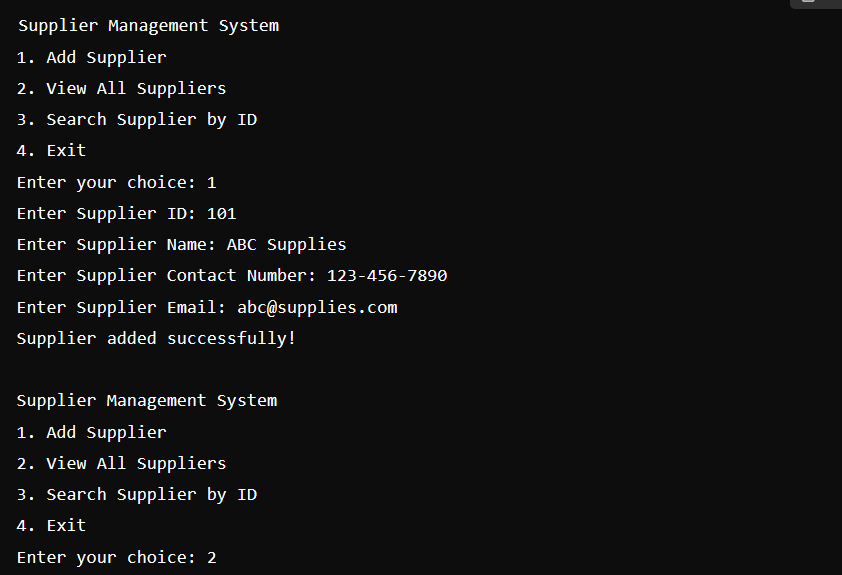
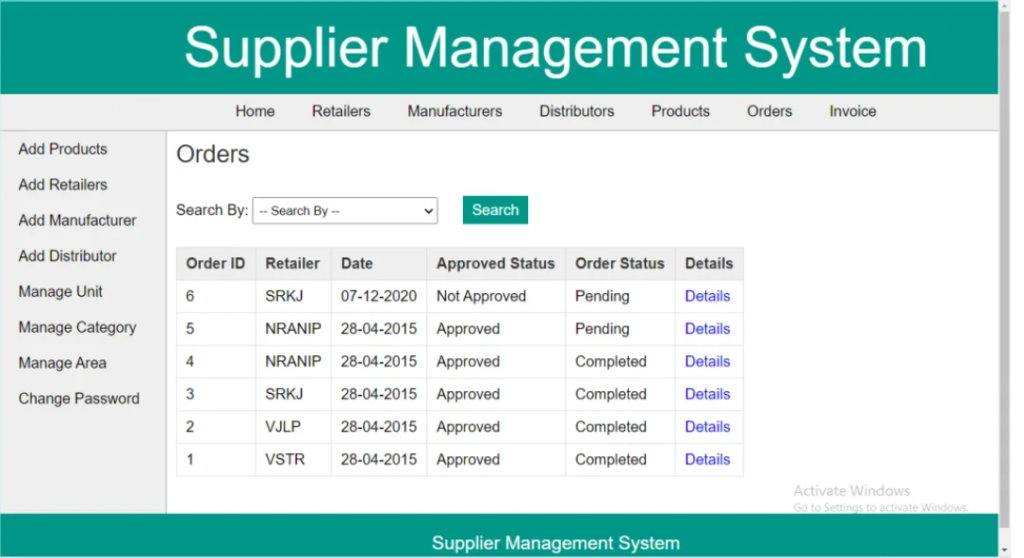
Emotional Impact
Managing suppliers is not just about data and contracts; it’s about building relationships that are fundamental to the success of your business. A Supplier Management System helps you nurture these relationships by providing the tools to monitor performance, ensure compliance, and maintain open lines of communication. It gives you the peace of mind that comes from knowing your supply chain is under control, allowing you to focus on what matters most—growing your business.
Download
Download Supplier Management System in Java with Source Code CLICK THE BUTTON BELOW
- New Project :-https://www.youtube.com/@Decodeit2
- PHP PROJECT:- CLICK HERE
- Supplier Management System in Java with Source Code
- Supplier Management System in Java




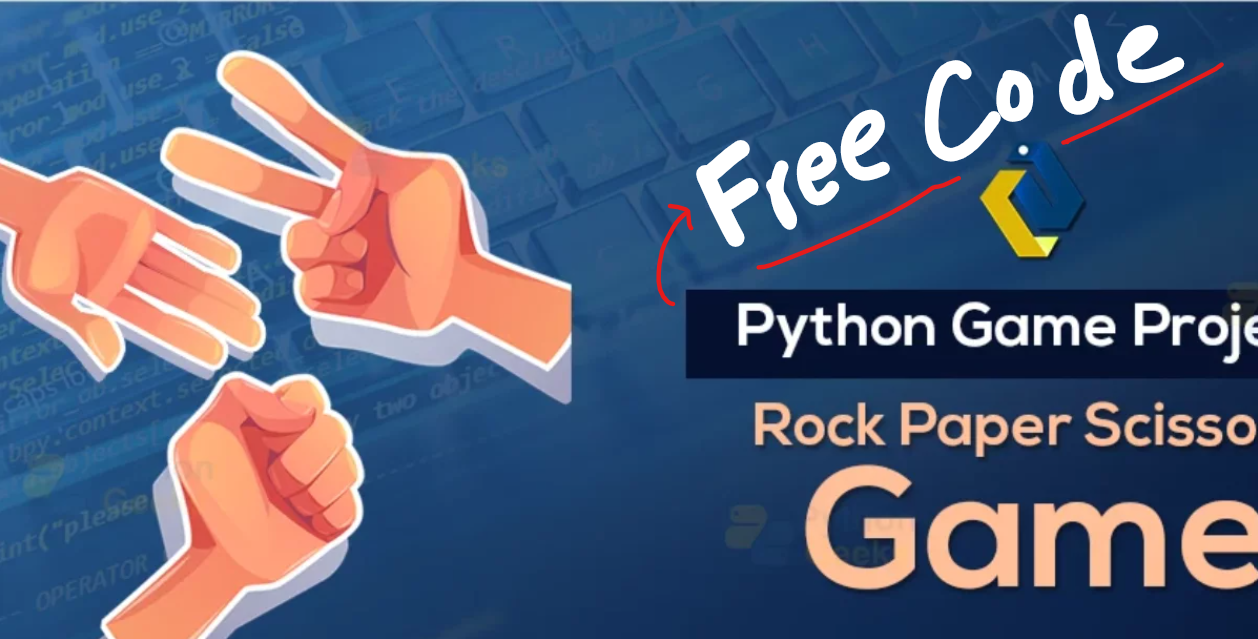


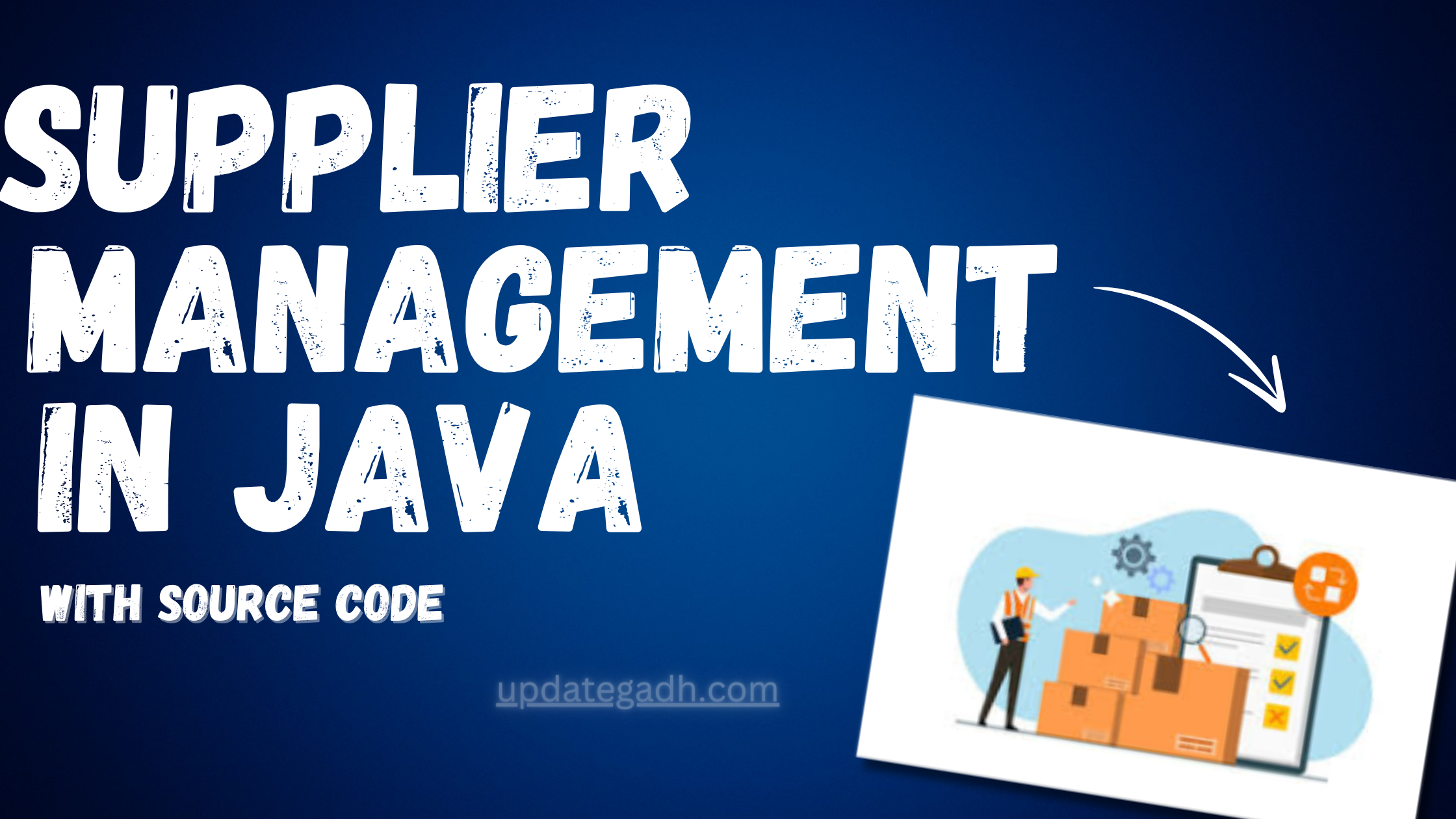

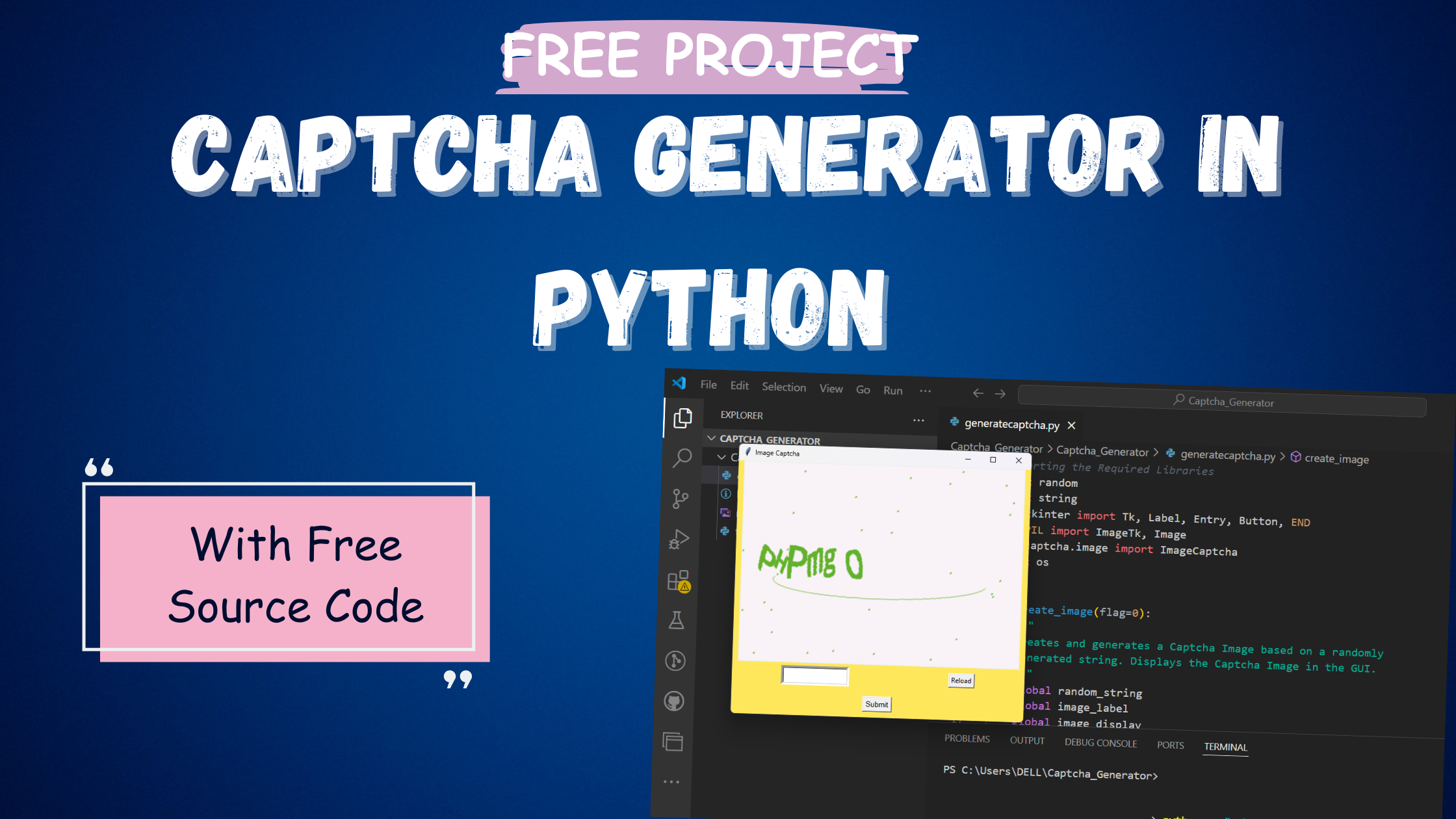







1 comment